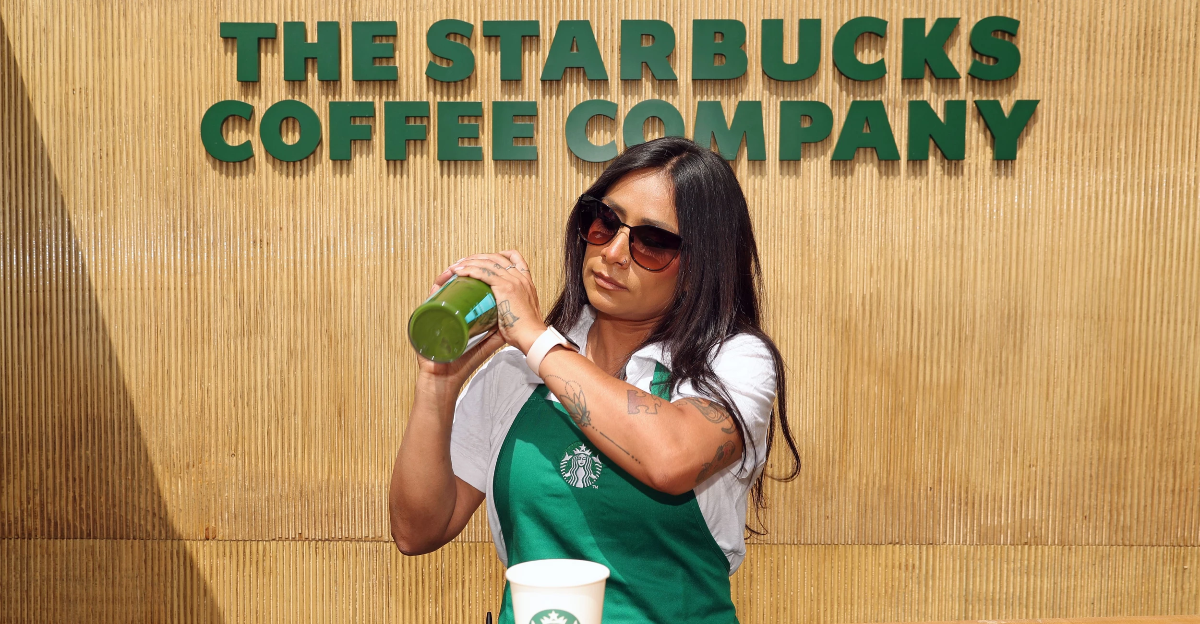
Starbucks is moving in the opposite direction on a major experiment: replacing baristas with machines. Having spent decades cutting staff and betting on automation to speed the service, the company now admits that technology wasn’t delivering the customer experience it had been selling.
CEO Brian Niccol’s radical reversal to hire additional baristas and invest in people’s capital is a seismic shift in how Starbucks will operate nationwide. This move isn’t about coffee, it’s about reconfiguring service in an era where speed and personalization converge. So what exactly does this imply for your future visit to the coffee machine?
The Pitfalls Of Automation When Technology Struggles To Imitate Humans
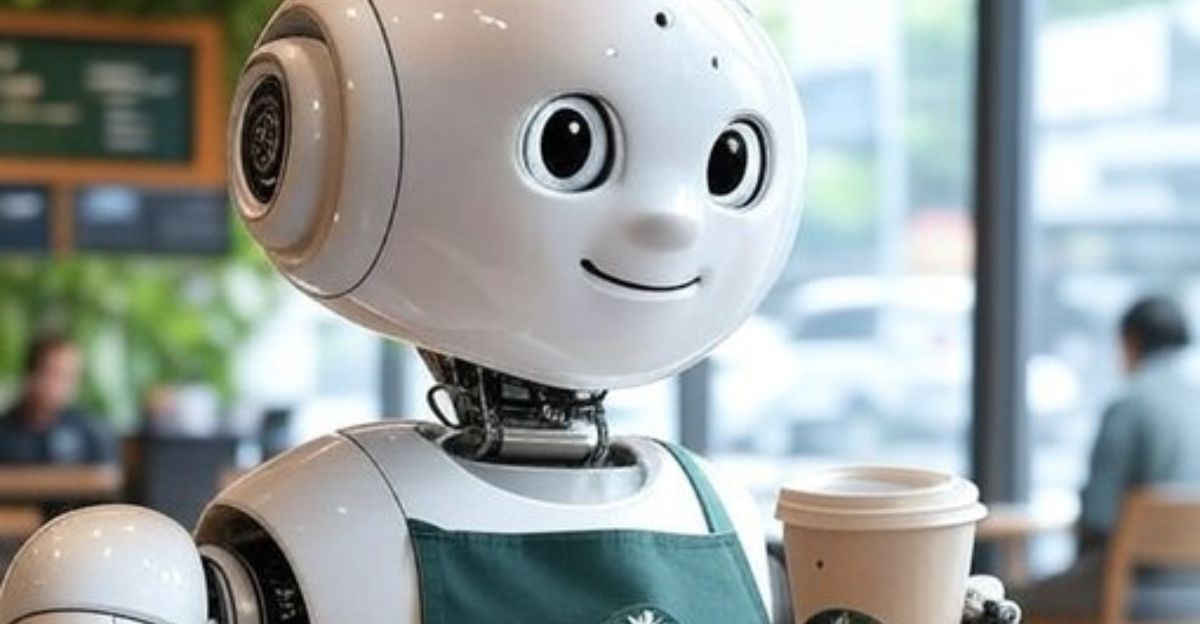
Starbucks’ ambition to automate drink making was rooted in efficiency, but it underestimated the nuances of customer service needs. CEO Niccol admitted that removing employees, hoping equipment would compensate, was a flawed assumption.
Machines speeded up some tasks but lacked the human touch or ability to adapt to unexpected surges. What happened? Longer queues, unfilled orders, and angry customers. This miscalculation teaches a valuable lesson: technology may make things easier, but it cannot substitute for the human element in service industries.
The Green Apron Approach Combining Tech and Talent
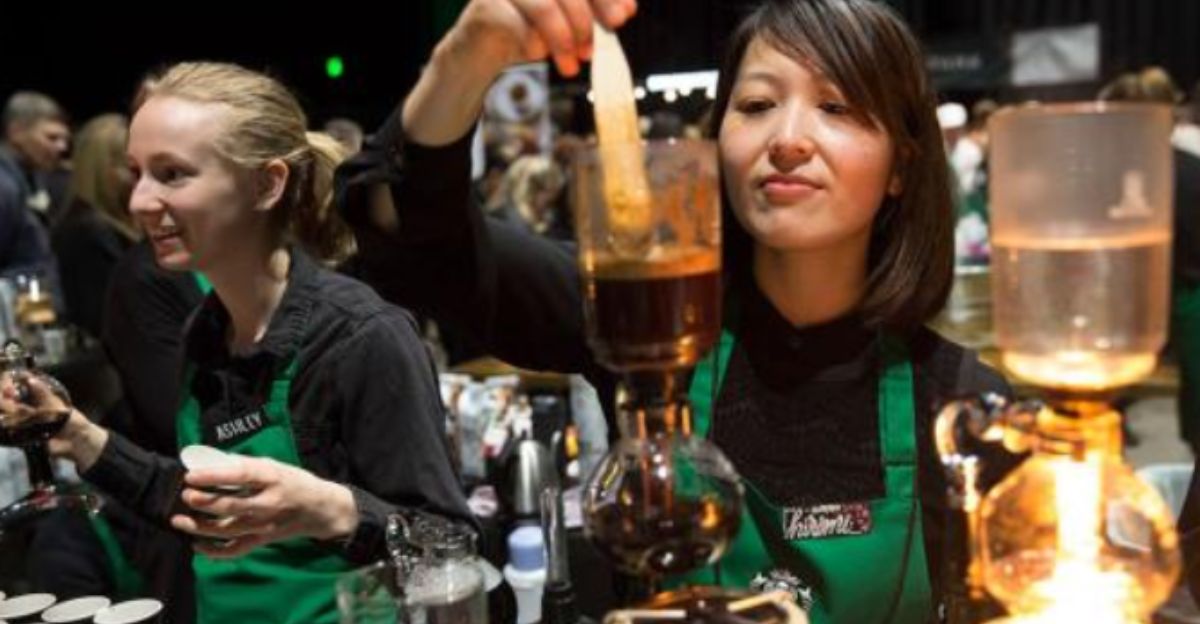
Starbucks’ new employee model, the Green Apron Service, combines human baristas with more smart in-store technology. The technology contains algorithms for optimizing the order of the drinks and assigns specific baristas for drive-through service, aiming to simplify workflow without compromising quality.
Starbucks hopes to reduce wait times and improve order accuracy by including technology as an assistant rather than a replacement. Applying the model to thousands of locations is a hybrid approach, leveraging human talent supported by data-driven effectiveness.
Why Baristas Remain Irreplaceable Despite Technological Advances
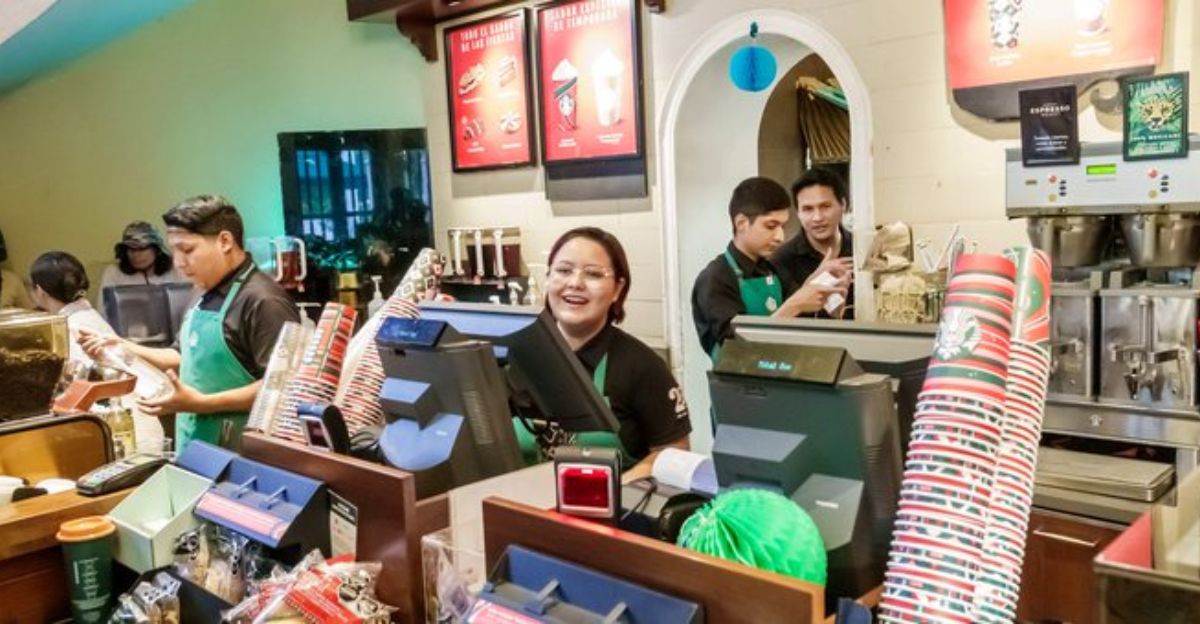
Baristas are not only preparing coffee; they are creating an experience. Starbucks’ plan to add employment is an admission that satisfaction ultimately rests upon human interaction, and the effects of quickness and adaptation that develop from practice.
Experienced baristas can multitask, read minds, and manage rushes that machines cannot. This human capital investment is also a strategic bet: better service can drive repeat business and loyalty, which is crucial as consumer spending tightens.
Starbucks is betting on humans, not artificial intelligence, to emerge victorious in the customer experience game.
The Consequences of Understaffing and the True Cost of Lean Operations
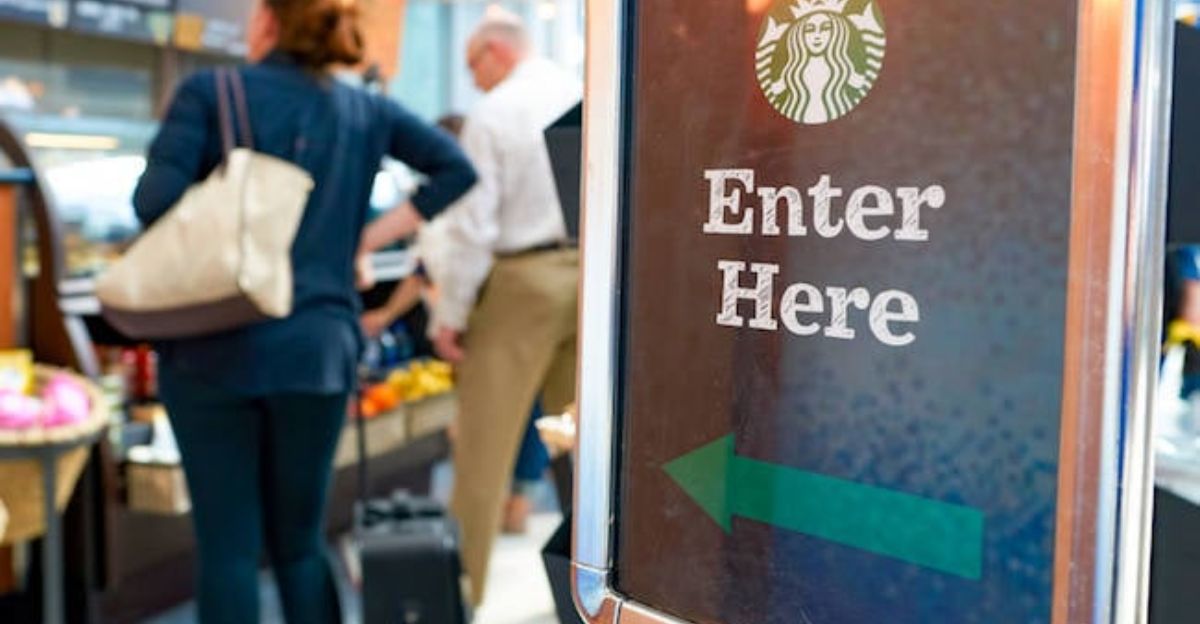
Most Starbucks stores have experienced the impacts of understaffing during the years of the outbreak. The experienced Starbucks partners have endured near forty-minute wait times, lost sales, and compromised customer loyalty due to adding order volume that reduces personnel levels.
Understaffing woefully demoralizes employees and harms the brand’s reputation, leaving customers unhappy. The exercise demonstrates how cutting back on costs versus expanding capacity and hiring additional employees can ultimately damage the brand and drive away customers.
Starbucks’ turnaround strategy acknowledges that the correct number of employees is crucial to customer satisfaction, wellness, and retention.
Is Hiring Additional Staff the Solution or the Problem?
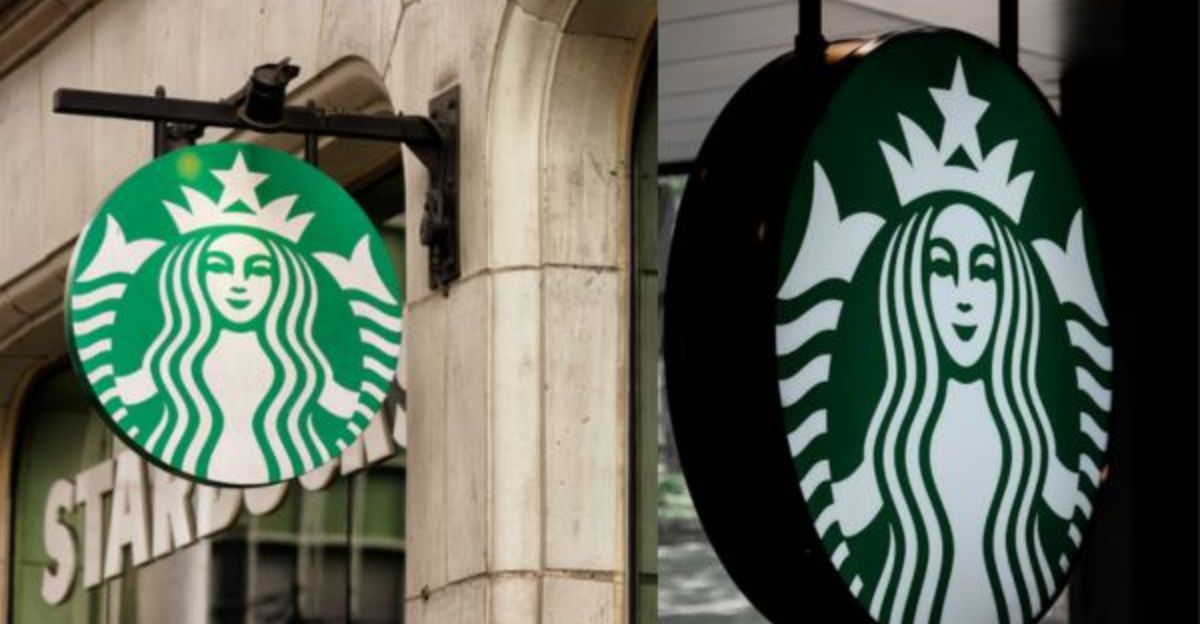
Although Starbucks’ staffing increase represents a corrective, it poses a contrarian dilemma: did a more innovative approach to technology and redesigning retailer workflows achieve better results than simply adding labor?
Some have argued that better decisions could have been reimagined layouts, better shift design, and better training, considering adding more heads. However, as Starbucks confirms, technology supports people, not replacing them. Starbucks’ model might provide a unique perspective on balancing the strengths of people and machines in a retail context.
.
What We Can Learn From Historical Changes In the Service Industry
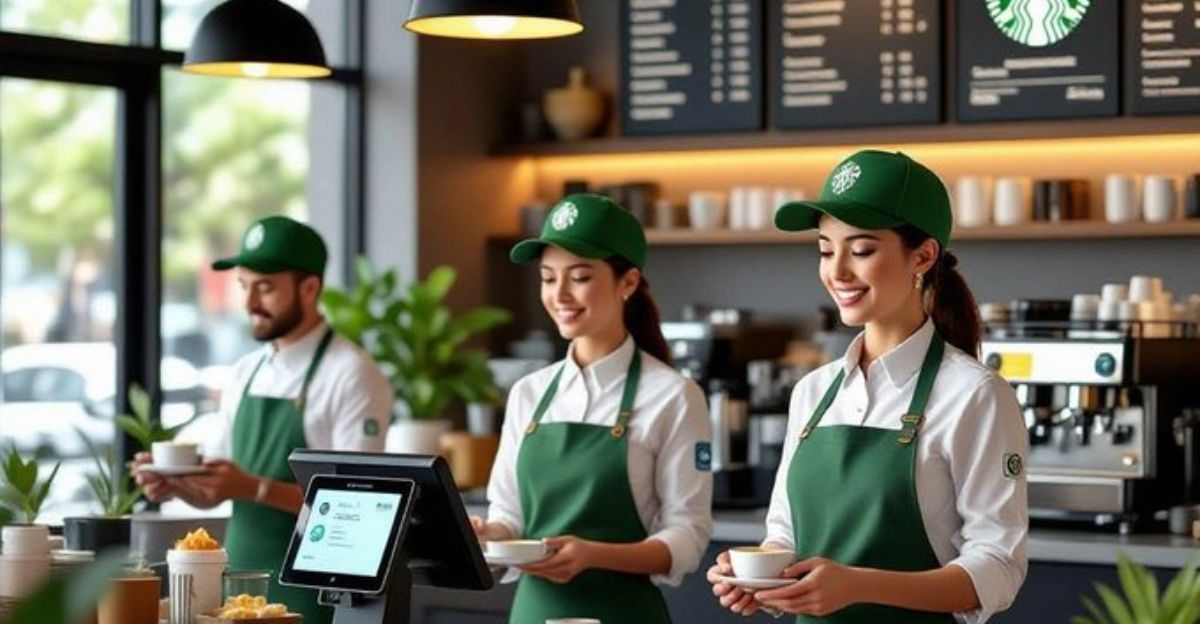
Starbucks’ staffing changes are similar to lessons learned in the service industry. In the 1990s, fast-food restaurants replaced staff with digitized order-taking processes, and soon realized that leaving consumers without any human interaction decreased customer satisfaction.
Similarly, airlines cut gate agents and replaced them with kiosks to check in and get boarding passes. They also found that the passenger experience decreased with fewer human interactions. Starbucks’ change aligns with a historical trend that service quality depends on human interaction, especially in a fast-paced, high-touch service arena.
Viewing this moment in history helps us appreciate why Starbucks’ staffing changes are a return to fundamentals and a step into the future.
How Staff Levels Influence Service Quality and Customer Image
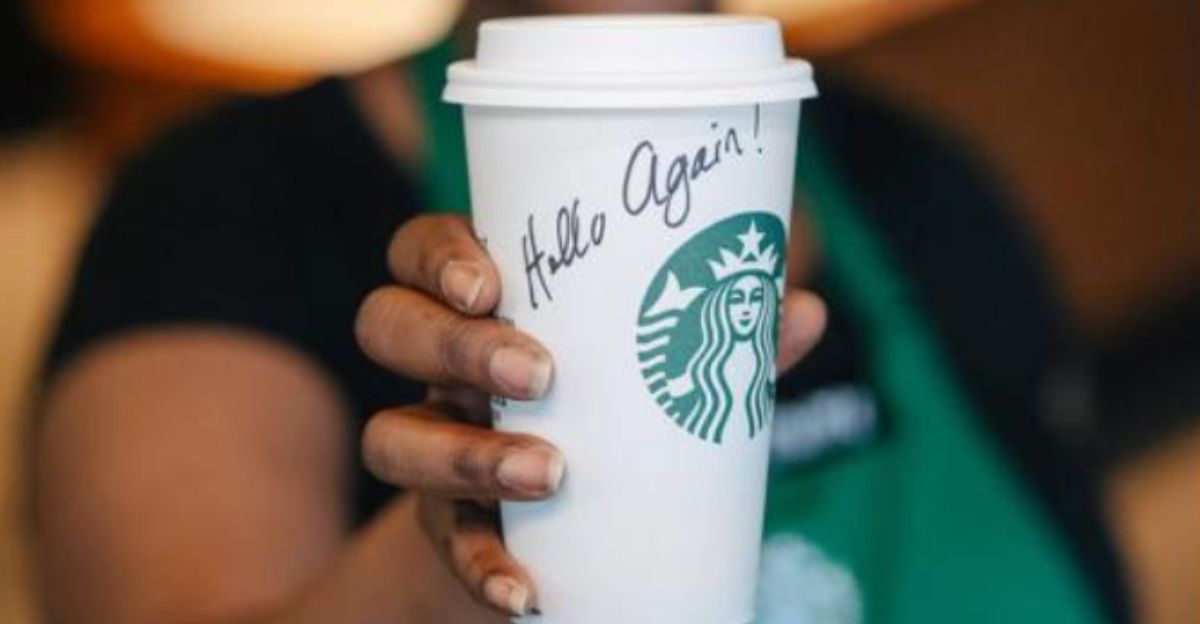
Customers psychologically associate personnel levels with service quality. Customers are reassured that they will receive their orders precisely and on time when they observe that other customers are served swiftly by busy and attentive baristas.
On the other hand, seeing long lines and empty service counters frequently causes an adverse emotional reaction, with frustration being a likely emotion, and damages brand trust.
Adequate staffing keeps workers motivated, engaged, and fresh, contributing to improved customer service. ‘ strategy, which places a fresh emphasis on people, uses those psychological factors to boost the perceptions of emotional capital and confidence in each cup served.
The Ripple Effect Of Economic and Competitive Implications
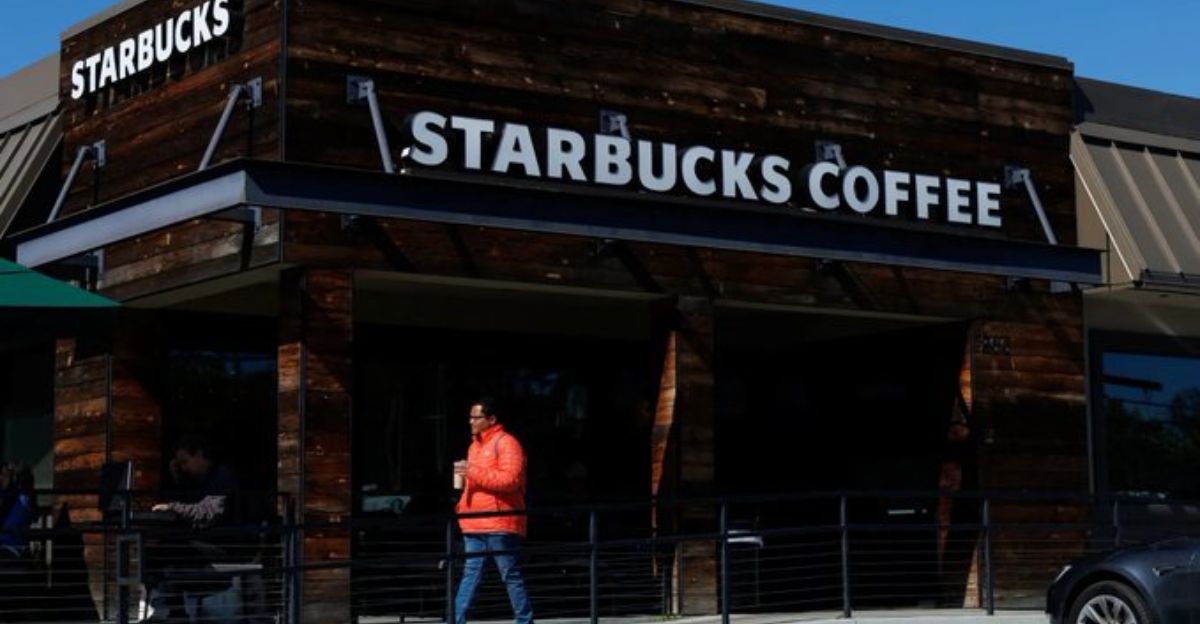
Starbucks’ staffing changes will have unfortunate ripple effects. Higher labor costs will only place additional pressure on prices or overall margins. Should Starbucks’ human-centric approach prove more successful than its rivals? However, overall service improvement will likely lead to increased sales and loyalty
Those who rely heavily on automation may not be able to compete. This move also reflects a larger trend within the sector: human capital is still a key asset in markets where experience counts. Starbucks’ gamble could redefine competitive strategy for quick-service retail.
What Your Next Starbucks Visit Will Look Like
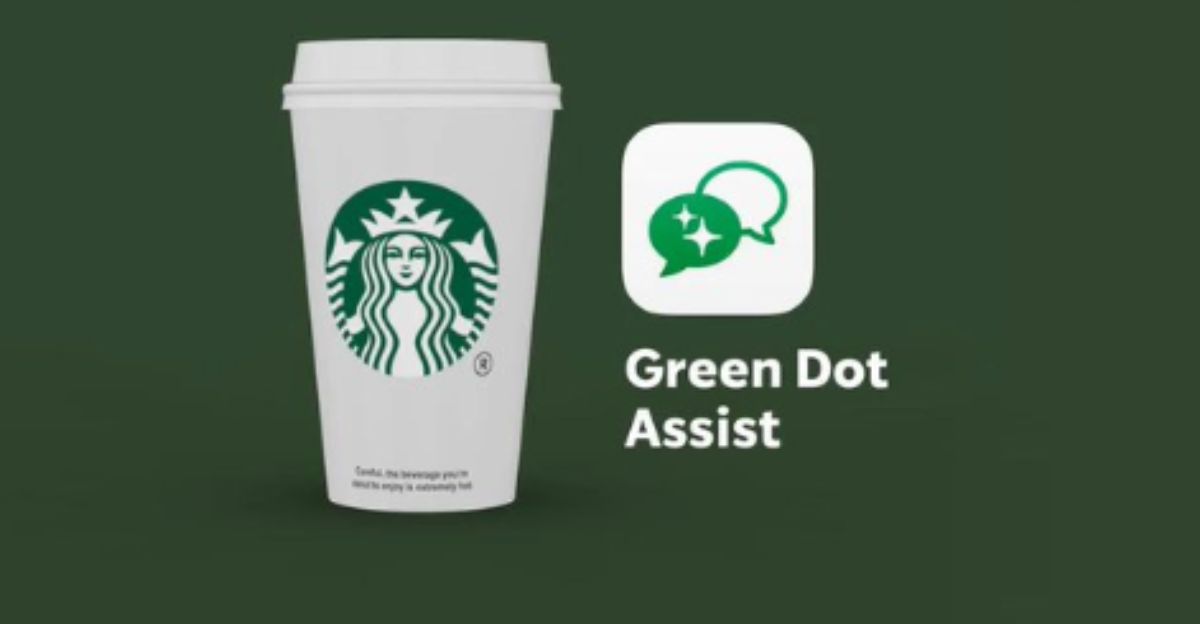
Starbucks is currently undergoing a national staffing shift that is a strategic realignment, indicating that technology can augment human service but can never replace it. We will begin to see baristas retake the central stage with innovative technology leading the charge.
Looser talk allows you to enjoy longer, quicker, and more efficient coffee drink service than you are accustomed to over the last 2-3 years. It may cost more money, but it seeks to rekindle the Starbucks experience that made Starbucks what it once was. This Starbucks experiment demonstrates an age-old truth: people are paramount in service.
